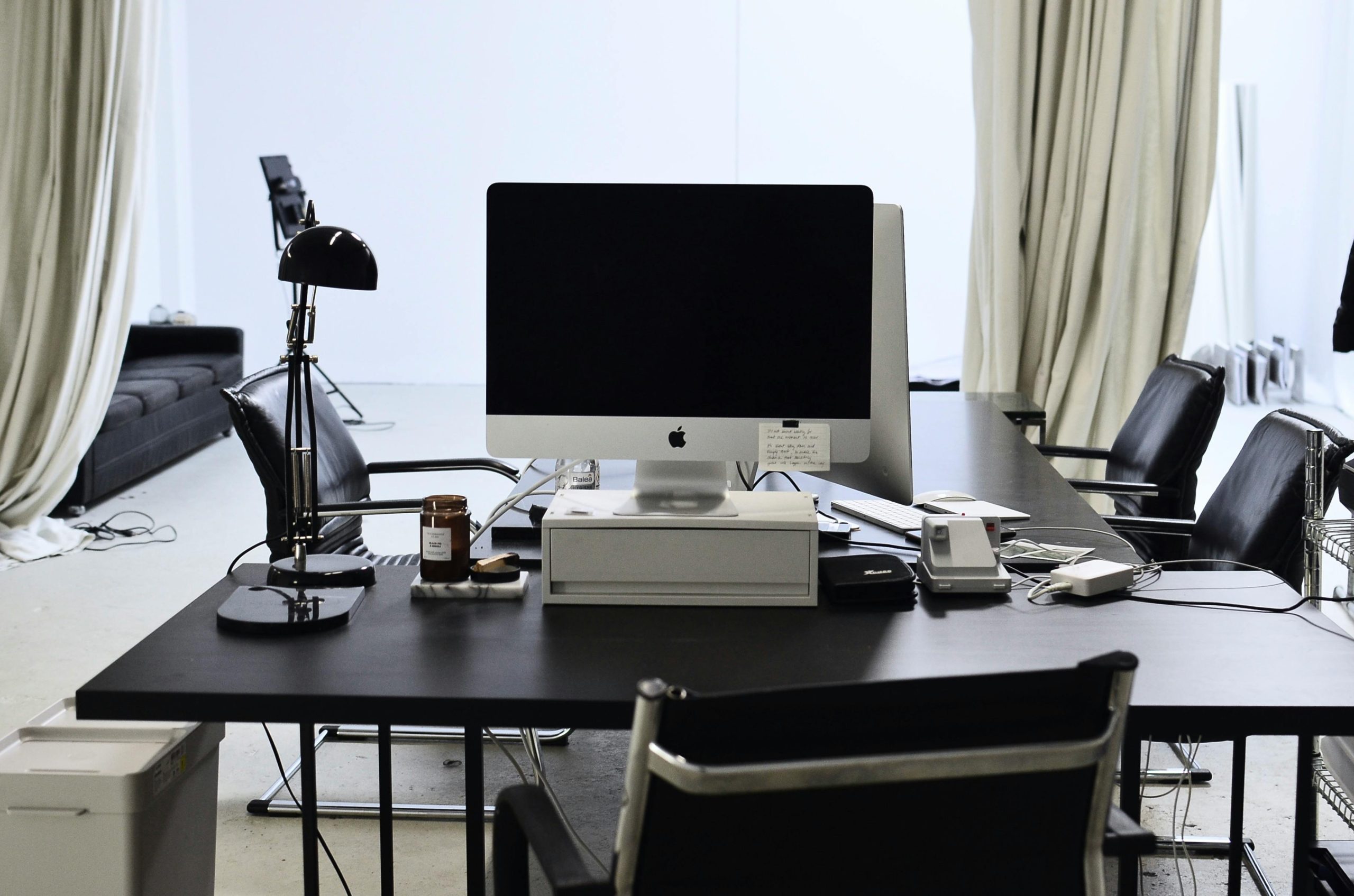Troubleshooting a Black Screen on Initial Boot: A Case Study with an Intel Core i5-10400 System
Introduction
Encountering boot-related issues can be a frustrating experience for PC enthusiasts and everyday users alike. One common problem involves the system powering on correctly but displaying a black screen during the initial boot attempt, only to function normally after a subsequent restart. This article explores such a scenario, detailing the specific hardware setup, recent upgrades, and the troubleshooting steps taken to resolve the issue.
System Overview
The user’s configuration comprises the following components:
- Motherboard: Gigabyte H410M H V2 revision 1.0
- Processor: Intel Core i5-10400 with stock cooler
- Memory: 16GB Corsair Vengeance LP DDR4 3200 MHz (operating at 2666 MHz due to motherboard limits)
- Graphics: Integrated Intel UHD Graphics (no dedicated GPU)
- Storage: 250GB SATA SSD and 1TB Kingston HDD
- Power Supply: Corsair CX550, newly installed 550W unit
- Case: Mid-tower chassis supporting multiple fans, with recent upgrades including additional cooling
- Peripherals: Standard peripherals, with no hardware overclocking
Recent Hardware Upgrades
Prior to the issue’s manifestation, several significant hardware enhancements were implemented:
- Replacement of the power supply with a Corsair CX550
- Upgrading RAM to a single 16GB DDR4 module from Corsair
- Transitioning to a larger mid-tower case capable of supporting multiple case fans
- Addition of more cooling fans to improve airflow
Despite these upgrades, the system exhibits a peculiar boot problem: upon powering on, the system initiates successfully with fans, lights, and drives spinning, but the display remains blank. A forced shutdown followed by a restart typically results in a successful boot. Additionally, resuming from sleep mode can sometimes produce the same black screen issue.
Troubleshooting and Observations
The user has conducted several diagnostic steps:
- BIOS Update: The motherboard BIOS has been updated to the latest version to rule out compatibility issues.
- Driver Updates: Ensured all chipset, graphics, and peripheral drivers are current.
- Memory Testing: Ran thorough RAM diagnostics, confirming stability and performance.
- Performance Benchmarks: Conducted stress tests indicating system stability once operational.
Despite these measures,
Share this content:



